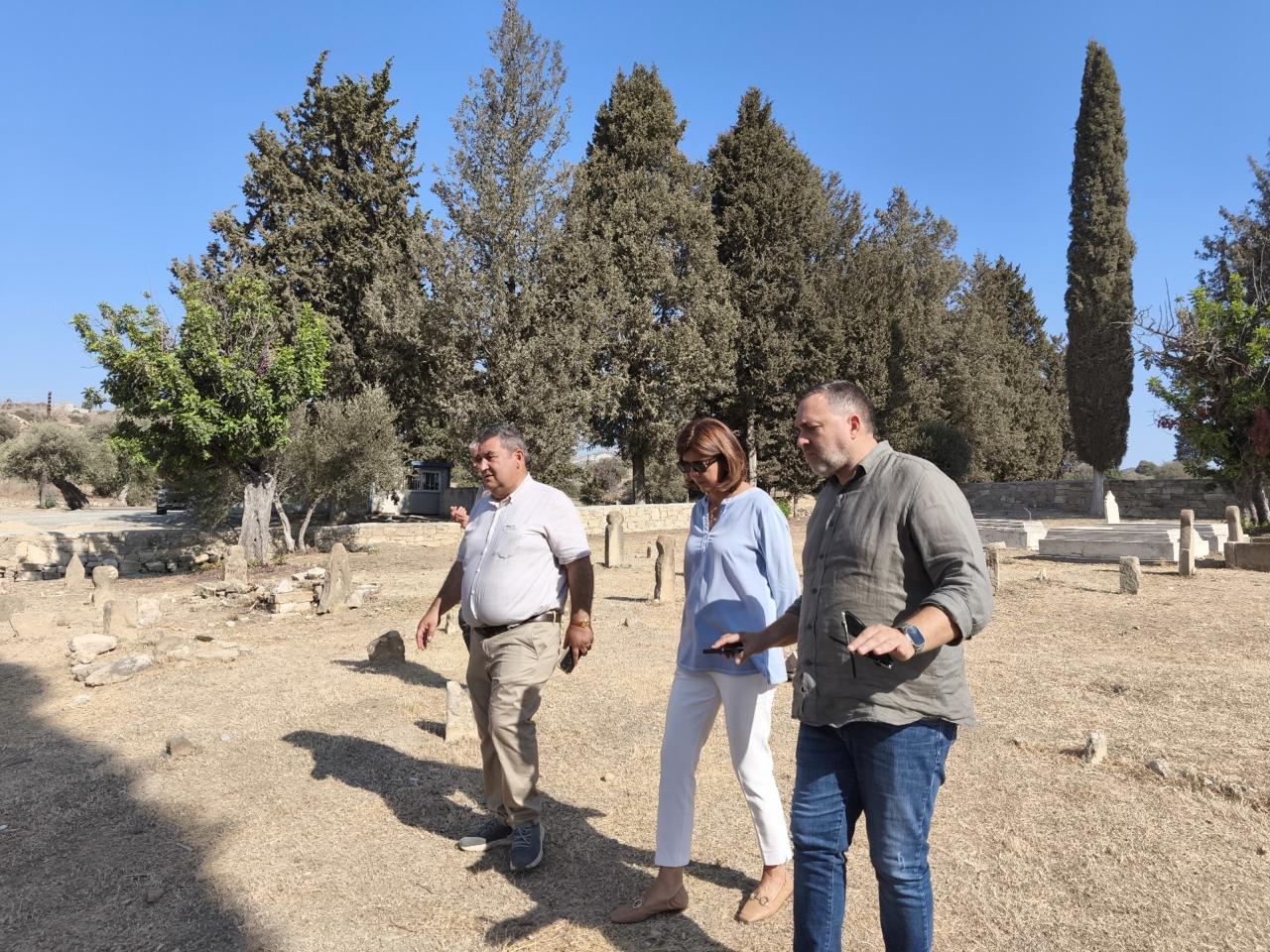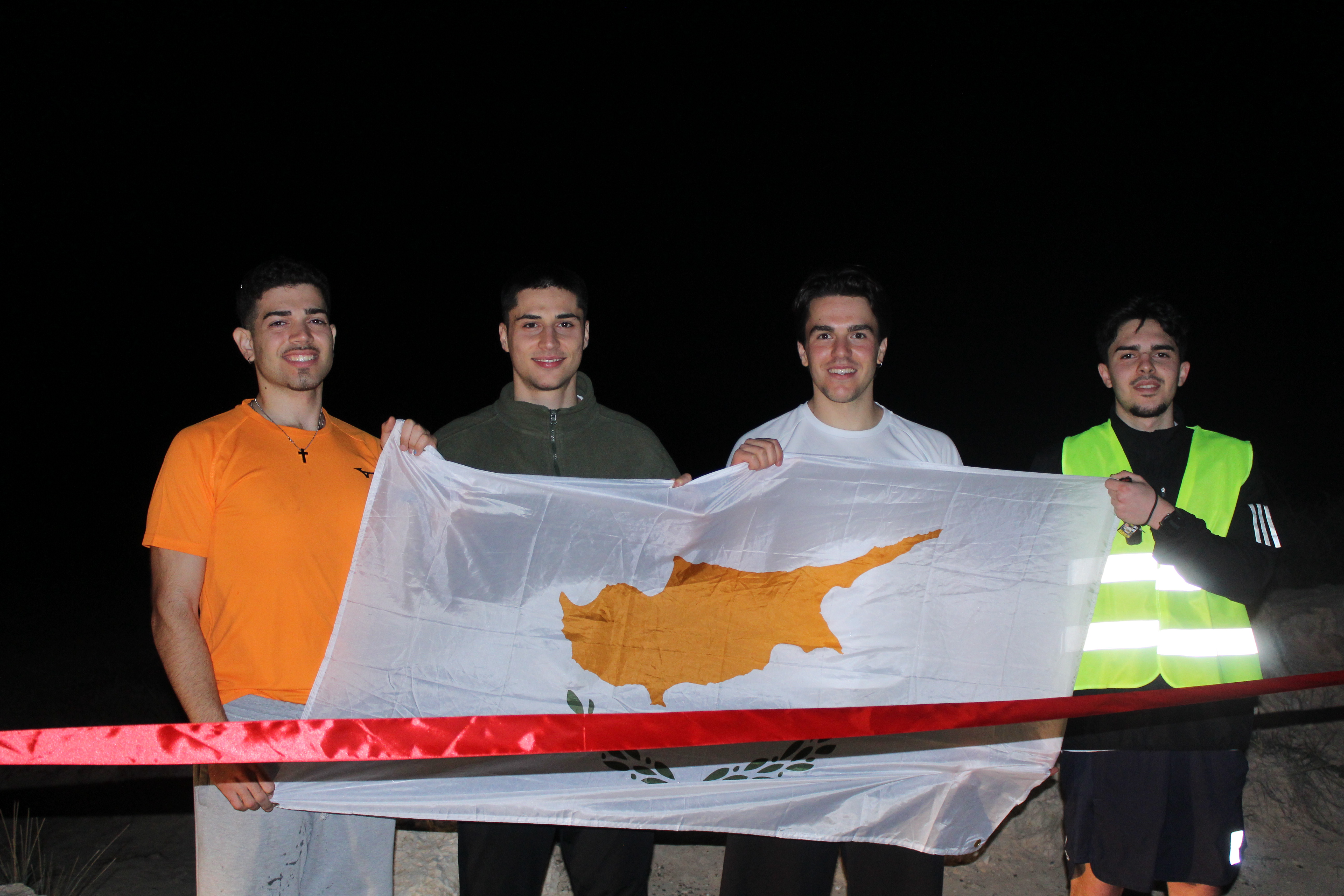Headquartered in Cyprus, Nexters is best known for Hero Wars, the popular RPG launched in 2016 that has enjoyed steady growth and a remarkable run in the charts.
Since 2019, the title has consistently ranked among the top 100 grossing games on US iOS, a testament to its long-term resilience in a competitive market. Nexters operates as part of GDEV Inc., a global gaming company based in Limassol.
According to Altti Fromholdt, Game Growth Dev specialising in deconstruction, game design, monetisation and retention, who wrote on the GameRefinery website, Hero Wars has achieved its success through a dynamic and expanding live event strategy and continuous iteration on core features.
He added that the introduction of diverse monetisation events and strategic collaborations has helped keep players engaged and spending.
Although the game is considered mature, Fromholdt pointed out that its developers have still managed to increase both daily active users (DAU) and revenue over time.
“For example, we can see a spike in DAU from August 2024 to June 2025, making it a game we can learn from,” he said.
He explained that the team has made GameRefinery’s Live Event Tracker central to its approach.
As LiveOps Product Owner at Nexters, Aleksandr Sveikovskii noted, “GameRefinery’s Live Event Tracker has become a cornerstone of how we approach LiveOps and event design. Beyond just monitoring competitor activity, it’s enabled our teams to identify and implement event and competition formats that are highly relevant to our product, with a measurable positive impact on key product metrics.”
Sveikovskii added, “Thanks to this level of actionable insight, we’ve been able to align with emerging trends early, making sure we don’t miss out on critical market shifts. More importantly, the tool has been instrumental in helping us shape a long-term LiveOps strategy grounded in competitive data rather than assumptions.”
Fromholdt observed that a key strategic initiative behind the game’s sustained growth was the expansion of its live event calendar, particularly the increase in monetisation-focused events.
In-game, this has meant a broader range of IAP bundles and offers for players. He highlighted that the monetisation category in the Live Events Calendar now lists many more different bundles and purchase options than before, designed to appeal to various player segments and spending habits.
Among the strongest revenue drivers has been the Battle Pass feature, a season-based monetisation mechanic where players earn rewards by progressing through thresholds.
Fromholdt said it proved especially effective during the final days of each season, when players rushed to secure rewards, driving noticeable revenue spikes.
The feature has evolved through three versions, Hero’s Way, Hero’s Way 2.0 and Hero’s Way 3.0, with the ‘Season Pass’ introduced in September 2024. This new addition repurposed the Hero’s Way 2.0 framework, effectively doubling the active Battle Pass opportunities.
In addition to these ongoing features, he also pointed to Hero Wars’ first IP collaboration in May 2024 with Tomb Raider.
“The Lara Croft-led event, The Mystery of Dominion, featured different events and offers that made varied use of the theme,” he said.
These included a main adventure, solo missions, a Doppelganger skin offer, Lara Croft bundles and artifact bundles.
In the adventure itself, players had to defeat enemies in themed minigames, find exits, and collect rewards, while some stages required puzzle-like challenges. Fromholdt noted that the game also introduced a pre-order bundle for Lara Croft, allowing early acquisition and culminating in a sharp revenue surge on the event’s closing day.
Building on this momentum, Fromholdt went on to detail how new competitive formats have been introduced to keep engagement levels high.
One example was Legends Draft, launched in August 2024 as a permanent PvP mode that boosts the number of events in the game. Players draft two teams, one for offence and one for defence, from random hero selections, then face other players’ teams in automated battles.
“Winning streaks matter,” he explained, as players can protect them with shields or buy extra shields with premium currency. This mode encourages both engagement and spending.
A further innovation came with the Tournament of Titan Power, introduced in October 2024 as the first solo tournament focused solely on levelling up Titans, a character type linked to guild mechanics.
“Your score in the tournament equals the power increase of all your titans,” Fromholdt said, adding that there are four reward stages refreshing daily, offering Titan Skin Stones, potions, spheres, and special avatars.
Continuing the rollout of fresh event formats, March 2025 brought the introduction of Seer’s Game, a Russian roulette-style event where players choose from multiple cards each round, aiming to avoid a cursed card that ends their run.
Each attempt costs Seer’s Orbs, which can be obtained from in-game tasks or bought in bundles. “The further you progress, the higher the rewards, but the risk also rises, and so does the cost to continue,” he noted.
In parallel with these competitive and monetisation events, January 2025 saw a complete overhaul of the long-running PvE mode into Tower 2.0. Fromholdt described the changes as “streamlining the experience,” with simplified floor types, Relic Floors, Treasure Floors, and a final Boss Floor, replacing the old mix of chests, altars, and battle levels.
Players now choose relics after victories, hero health and energy reset between Relic Floors, and Treasure Floors offer three chests, one free, two premium.
Rewards are more strategic, and gold is now earned directly from battles and chests, with a 25 per cent boost for VIP level 6.
“These highlights,” Fromholdt concluded, “are just a small fraction of the game’s large live event calendar. We highly recommend taking a look at it, especially the overarching themes.”







Click here to change your cookie preferences